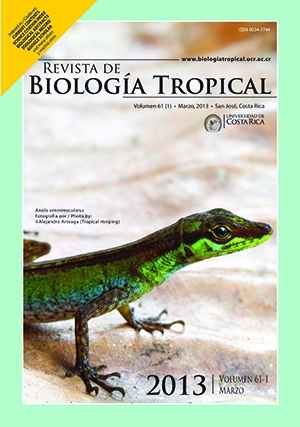Abstract
The Thar Desert, a very inhospitable place, accommodates only plant species that survive acute drought, unpredictable precipitation, and those can grow in the limited moisture of sandy soils. Capparis decidua is among one of the few plants able to grow well under these conditions. This species is highly exploited and has been naturally taken, as local people use it for various purposes like food, timber and fuel, although, no management or conservation efforts have been established. The present study was conducted in this arid area of Western Rajasthan (India) with the aim to obtain preliminary molecular information about this group of plants. We evaluated diversity among 46 samples of C. decidua using chemical parameters and random amplified polymorphic DNA (RAPD) markers. Fourteen chemical parameters and eight minerals (total 22 variables) of this species fruits were estimated. A total of 14 RAPD primers produced 235 band positions, of which 81.27% were polymorphic. Jaccard’s similarity coefficients for RAPD primers ranged from 0.34 to 0.86 with a mean genetic similarity of 0.50. As per observed coefficient of variation, NDF (Neutral Detergent Fiber) content was found to be the most variable trait followed by starch and soluble carbohydrate. The Manhattan dissimilarity coefficient values for chemical parameters ranged between 0.02-0.31 with an average of 0.092. The present study revealed a very low correlation (0.01) between chemical parameters and RAPD-based matrices. The low correlation between chemical- and RAPD-based matrices indicated that the two methods were different and highly variable. The chemical-based diversity will assist in selection of nutritionally rich samples for medicinal purpose, while genetic diversity to face natural challenges and find sustainable ways to promote conservation for future use.Comments
Downloads
Download data is not yet available.






